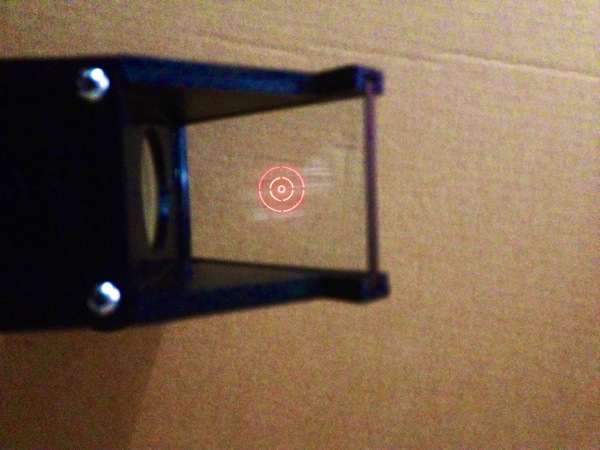Shifting the monster is never easy.. and this is the only reason why i 'want' to avoid public sessions with my C14 and Titan mount but could never avoid to avoid this want.
An off day provided the opportunity to put back everything where it truly belongs.. i still have to figure out some cables issues and want to put back the main CCD setup at the telescope.
After attaching Lunt halpha telescope with the C14 OTA, i got a quick look at the sun.. and immediately saw a huge prominence where the arc was attached to the solar surface on both sides. I thought i must image it. So i installed imaging source DMK21 camera with this scope and carefully tuned the pressure tuner and focuser and quickly grabbed a few movies. Here are the results.. not bad!




